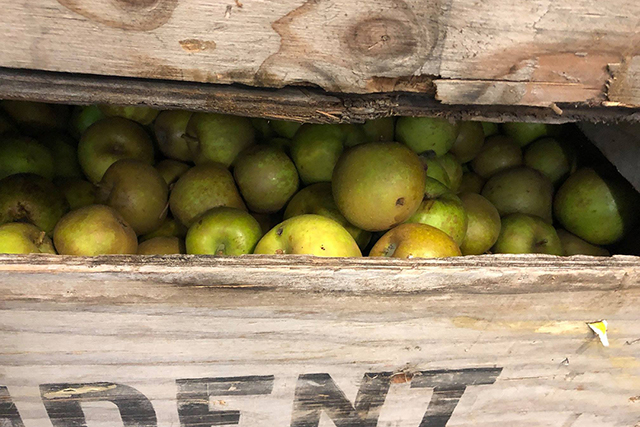
Swift Cider had planned to launch cans in 2018, but production capacity kept this from happening. said the cidery’s owner and co-founder Aidan Currie.
“Sourcing cans became more difficult this year as the trade war increased aluminum pricing and can suppliers greatly increased their minimums for pre-printed cans,” he said about his Portland, Oregon cidery. “Now only the big boys get their pre-printed cans and sticker or shrink-wrap labels will have to do for the rest of us.”
Although labeled cans add cost, they also allow for larger variety because producers don’t have to invest as much volume in each flavor to get to the pre-printed can minimums, Currie noted.
Swift is choosing to work with the sticker labels because Currie said it wants the option to heat pasteurize off-dry ciders after labeling, and the cidery plans to offer a lot of different flavors.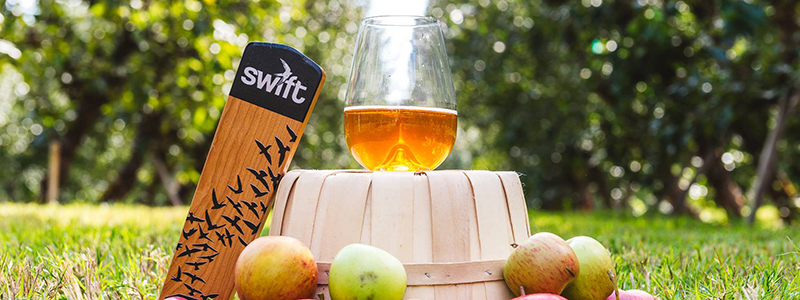
“The shrink wrap labels would deform in a pasteurizer, so they would need to be applied afterward,” he noted. “While this doesn’t matter if you own your canning line and labeler, we do not. We rely on mobile canning vendors, so labeling after pasteurizing means they would need to come back a for a second day. This adds a ton of cost.”
He did add that he sees the downside to the labels on cans as the extra cost and the increased ecological footprint.
Currie pointed out that more brands are taking the same approach which is normalizing the labeled can look.
For consumers in the know, the sticker labels are also a good tip off that the product came from a small producer, he added.
“The other nice part of adding labels to cans is that the colors look much better than what you can get printing on aluminum,” Currie said. “With the ability to print onto metallic or clear-label material, you can sometimes get it to look it’s printed right on the can anyway.”

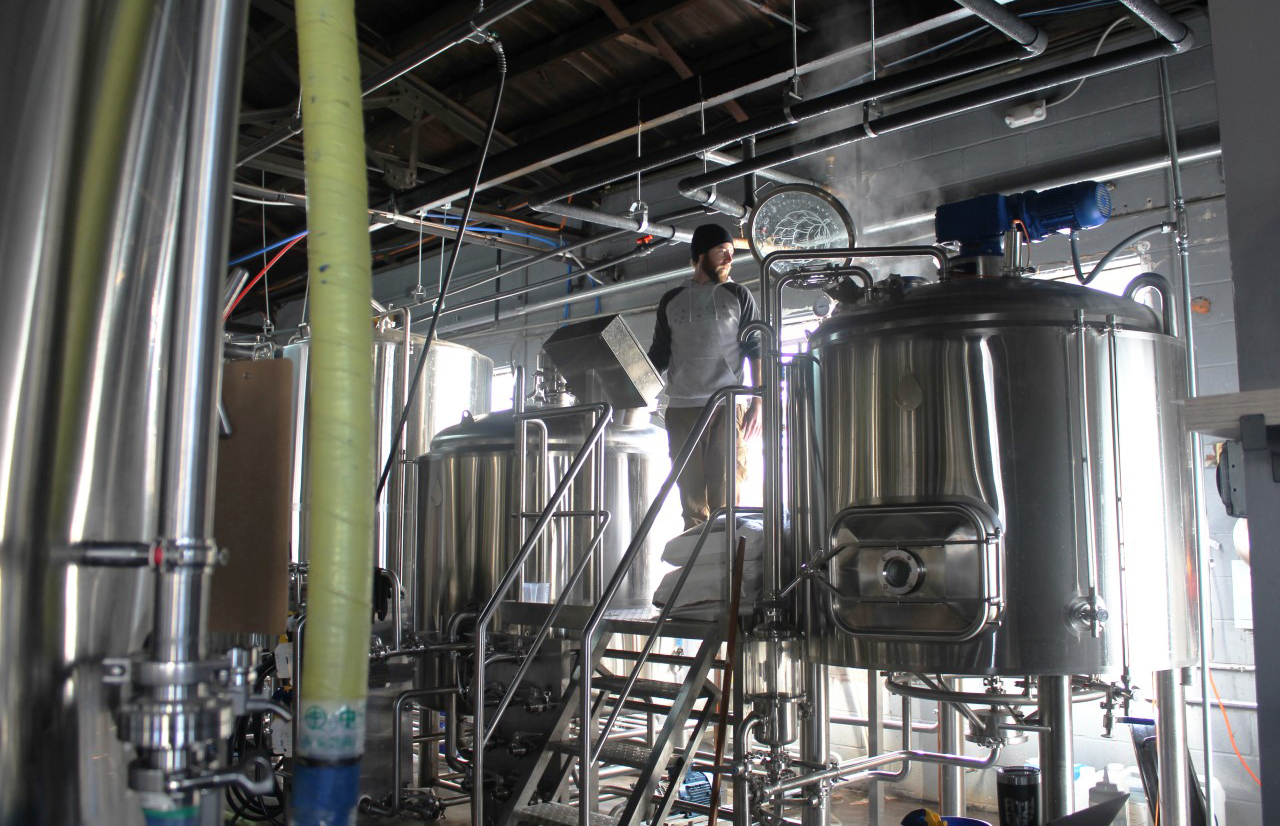
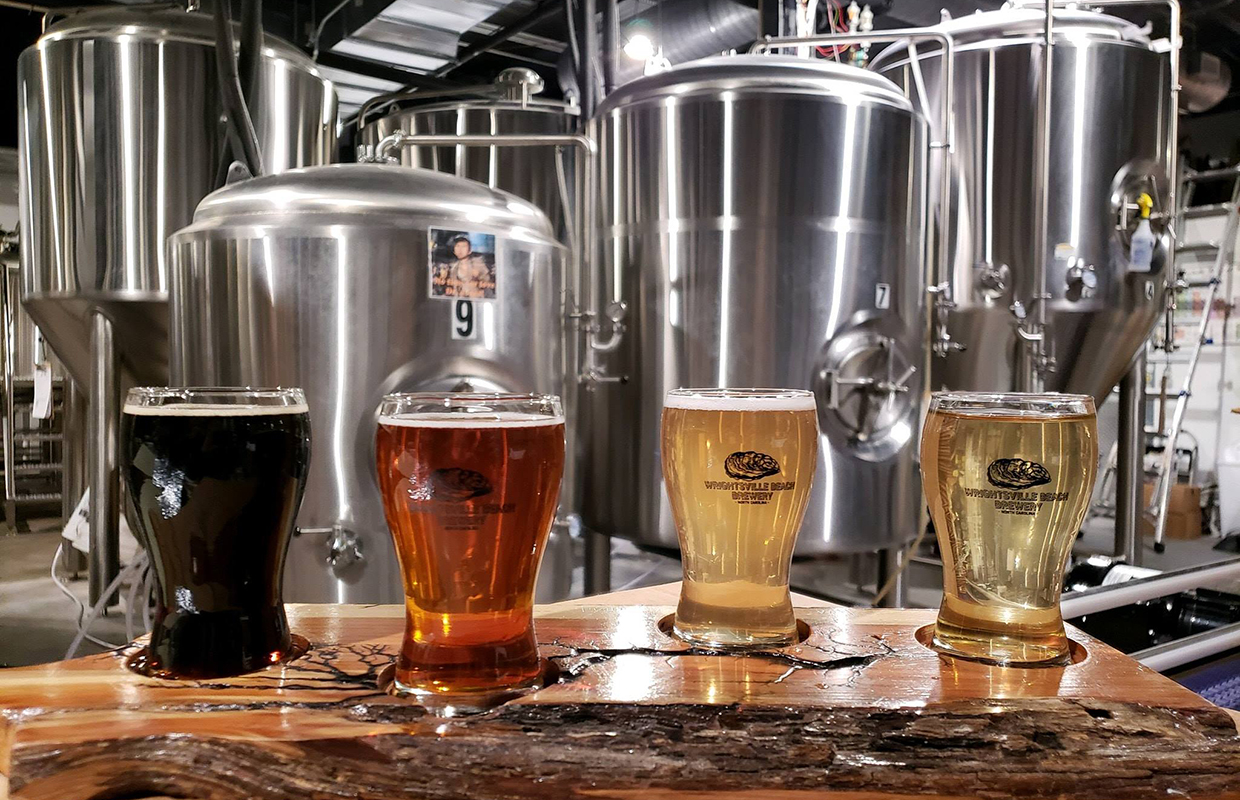
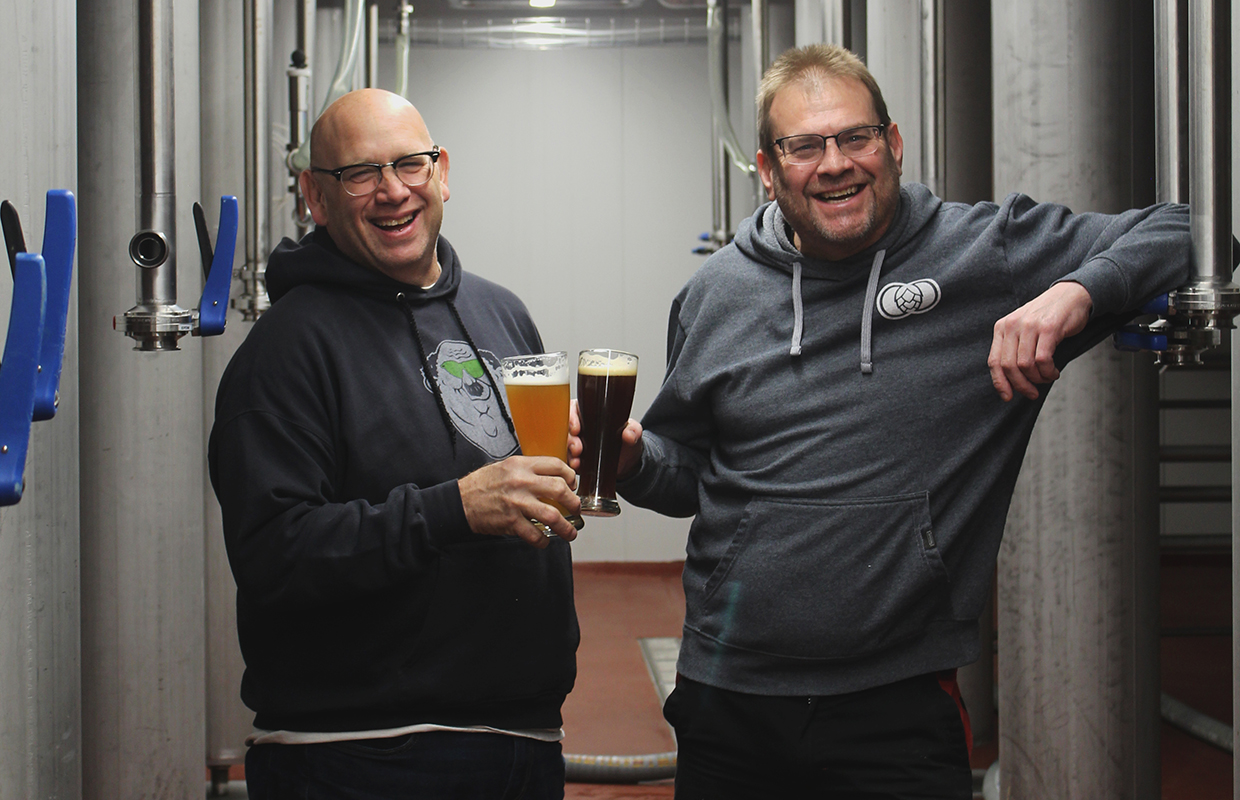
Be the first to comment